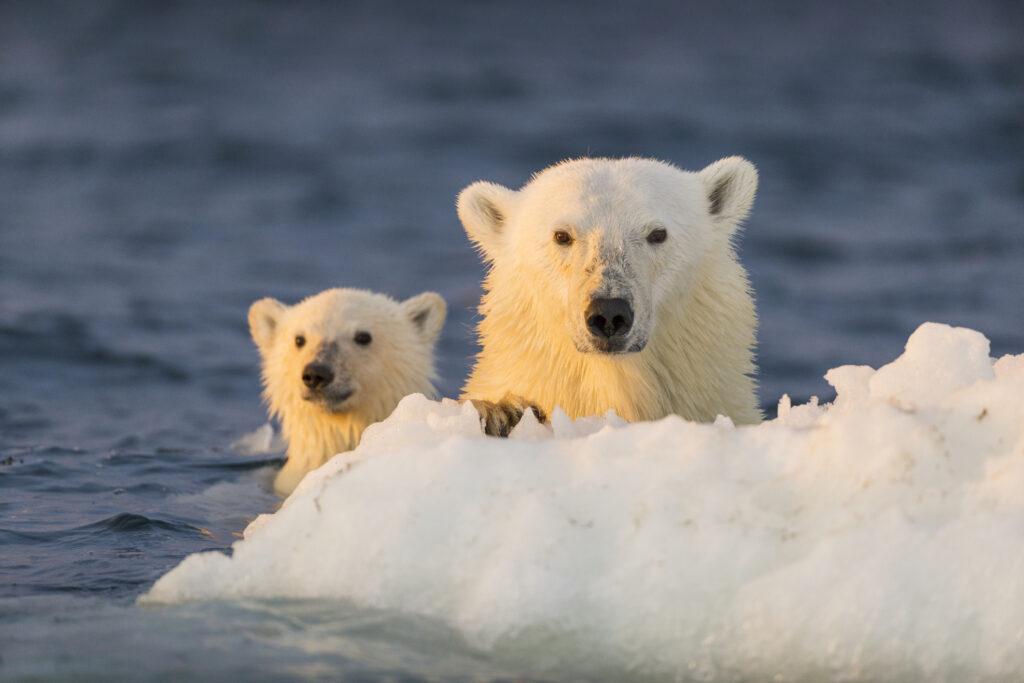The Bush administration is proposing to speed up the timetable for phasing out chemicals alleged to contribute to ozone thinning in the upper atmosphere, but it is encountering stiff opposition from China and other developing nations.
The administration made its proposal during September meetings of 191 nations that signed a 1987 treaty regarding atmospheric ozone. China and other nations are profiting under the current system in which the chemicals are legal but European nations pay them to not produce them.
Under the 1987 Montreal Protocol on Substances that Deplete the Ozone Layer, developed nations have until 2030 to cease using hydrochlorofluorocarbons (HCFCs), while developing nations must cease using them by 2040. The Bush administration is proposing new deadlines of 2020 and 2030, respectively.
Profiting from System
China has made more than $4 billion in profits under the Kyoto Protocol, the international climate change treaty, by “voluntarily” reducing HCFCs and HCFC byproducts and then selling credits for such reductions to European Union entities. Other developing countries have profited in the same way. The sooner HCFCs are banned, the sooner China and other developing nations will stop making substantial profits for reducing their HCFC use.
HCFC emissions have increased since the Montreal Protocol was enacted. The protocol first targeted chlorofluorocarbons (CFCs), commonly used in aerosols, refrigerators, and air conditioners.
With the ban of CFCs, industry began using more HCFCs as a replacement. Until the phase-out of HCFCs is required under the next step of the Montreal Protocol, heat-trapping HCFCs will continue to be emitted in large quantities.
Record Ozone Thinning
The September meetings of the signatories of the Montreal Protocol coincided with news that polar ozone thinning accelerated rather than declined in the 20 years since the Montreal Protocol banned CFCs.
The World Meteorological Organization (WMO) on August 28 reported the 2007 ozone “hole” over Antarctica was threatening to break the record of ozone thinning set in 2006.
“Although ozone-depleting substances are now declining slowly, there is no sign that the Antarctic ozone hole is getting smaller,” WMO announced.
Overstated Threats
Jay Lehr, science director for The Heartland Institute, says even if CFCs and HCFCs have ozone-thinning properties, their contributions to atmospheric ozone depletion are very minor compared with natural sources.
“Evaporation from the surface of the planet’s oceans puts 4,000 times more chlorine annually into the atmosphere than was produced by human beings in the form of CFCs,” Lehr observed. “Chlorine sent by volcanoes into the stratosphere dwarfs manmade contributions. The last eruption in Alaska added 570 times more chlorine in one year than all the human-produced CFCs in the world.”
The alleged skin cancer risks associated with seasonal ozone thinning–which occurs during winter months at the poles–are grossly overstated, Lehr adds. “There are no human inhabitants in Antarctica,” he said. “There are relatively small populations of Eskimos and native Indians in the polar regions of North America, Europe, and Asia. And since the thinning develops during the coldest months, people are bundled up in thick clothing and there is very little skin exposed to the sun.
“Furthermore, the polar regions are the land of nearly complete darkness in winter,” Lehr explained. “The bottom line is, there is virtually no risk to humans from seasonal ozone thinning.”
James M. Taylor ([email protected]) is managing editor of Environment & Climate News.




